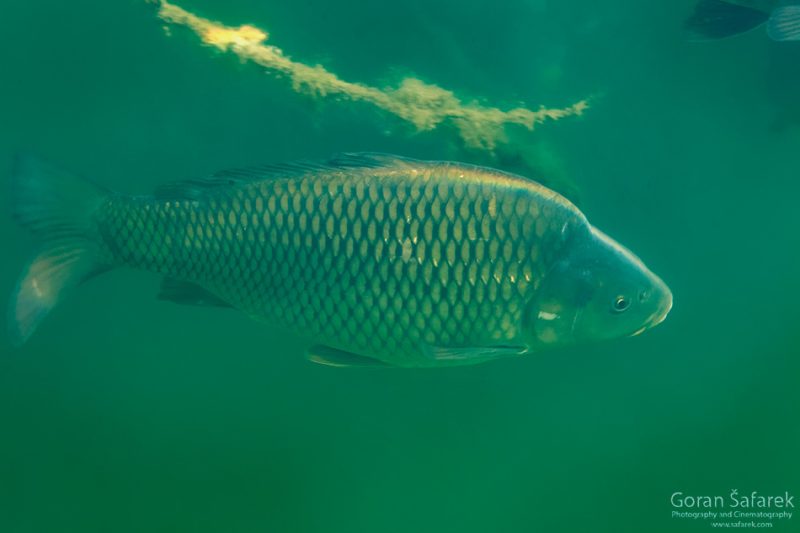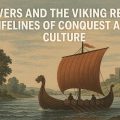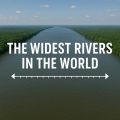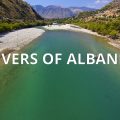Epic Fish Migration: Why Rivers Must Flow Free
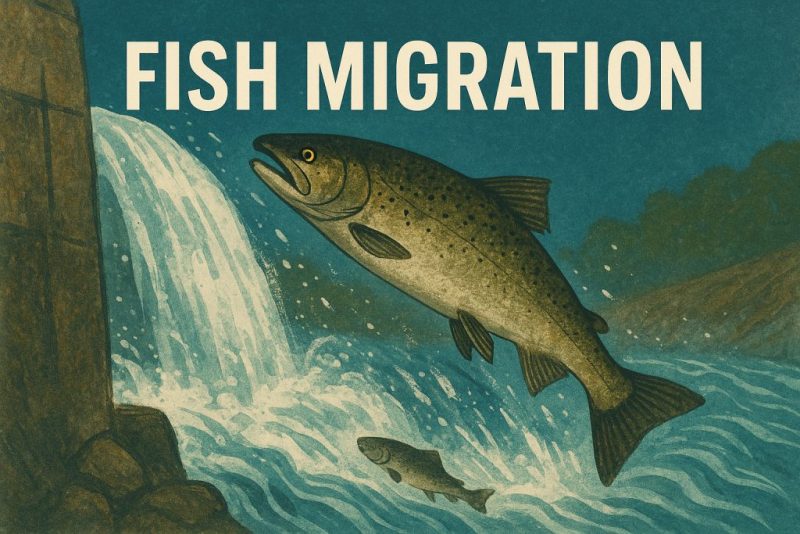
Fish migration is vital for river life. Discover how dams disrupt ancient routes and why free-flowing rivers are key to fish survival.
Beneath the river’s shimmering surface lies one of the most extraordinary journeys in the natural world—fish migration. Silent, unseen, but essential, these underwater travelers follow invisible maps etched into their DNA. From the headwaters to the sea, from floodplains to spawning grounds, the rhythm of their movement has shaped ecosystems for millennia.
🎒 Why Fish Migrate?
Fish migrate for the same primal reasons that send birds flying across continents: to reproduce, feed, and survive. Yet their journey unfolds in a world mostly hidden from view—beneath the shimmer of rivers and the salt of the sea.
Migration is not an option. It’s an ancient obligation. A silent contract written by evolution and carried in their blood.
🐣 To Spawn: A Journey Home
For many fish, migration is a pilgrimage back to their birthplace. They swim upstream against currents and waterfalls to find the exact gravel bed where they were once hatched. This is natal homing, and it’s especially dramatic in species like the Atlantic salmon and European sturgeon.
This epic effort—sometimes covering thousands of kilometers—is about legacy. About making sure the next generation is born in just the right place, in just the right conditions. These are the anadromous fish: born in rivers, growing in the sea, and returning to freshwater to spawn.
🌊 To Feed: Following the Seasons
Not all migrations are about reproduction. Some species follow the rhythm of food—plankton blooms, insect hatches, or seasonal floods that open new feeding grounds.
In tropical rivers, like the Amazon or the Mekong, fish time their movements with rainy seasons, riding the pulse of rising waters into flooded forests and wetlands, where food is abundant and predators are few.
This is survival by movement—feeding migration, vital for growth and health.
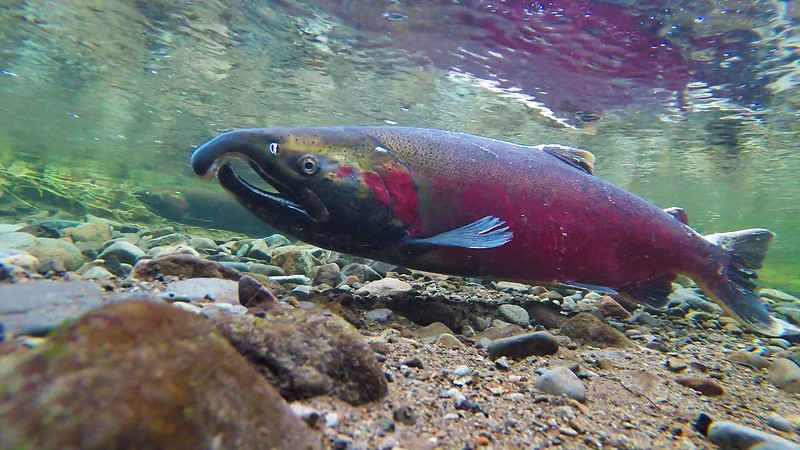
🧭 The Great Divide: Anadromous, Catadromous, and Potamodromous
Fish are categorized by the type of water they migrate through:
Anadromous:
Born in freshwater, they migrate to the ocean to grow, then return to rivers to spawn.
Examples: Atlantic salmon, sturgeon.
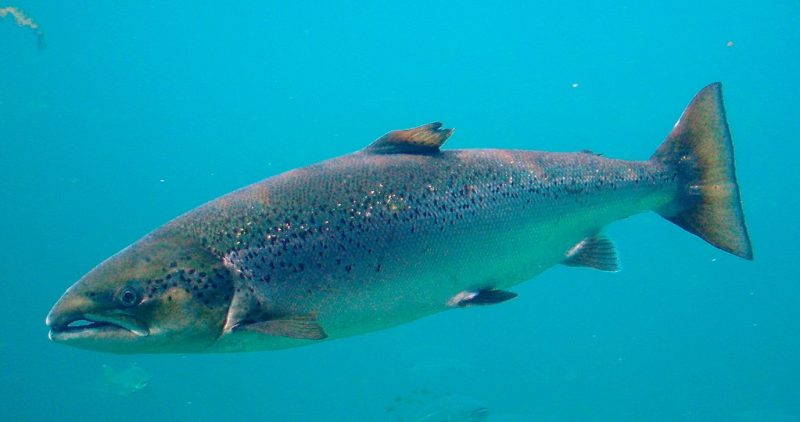
Catadromous:
Born in the sea, they live in rivers or lakes, and return to the sea to reproduce.
Example: European eel, born in the Sargasso Sea.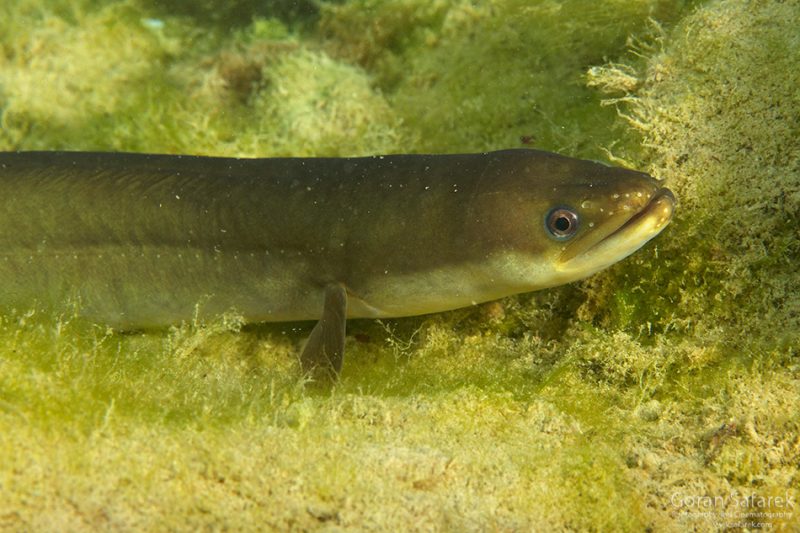
Potamodromous:
These fish migrate entirely within freshwater systems, often between different habitats in a river basin.
Examples: Carp, barbel, grayling.
Timing Is Everything
In the world of migratory fish, timing is not just important—it’s everything. These underwater travelers don’t follow maps or clocks. Instead, they respond to subtle natural signals—whispers from the environment that cue their departure and guide their journey.
Migration is a symphony of instincts tuned to external rhythms. A few degrees of temperature, a surge of muddy water, or the rising of a full moon can set thousands of fish in motion.
🌡️ Water Temperature
For many species, water temperature acts as the starter pistol. A sudden rise in spring signals the time to spawn; a drop in autumn may urge others to seek deeper or warmer waters.
Even a one- or two-degree shift can mark the difference between stillness and migration. It’s especially crucial in colder rivers, where temperature changes are often tied to the melting of snow in the mountains.
🌊 Seasonal Floods
In tropical and subtropical regions, seasonal rains transform landscapes. Rivers swell, break their banks, and flood forests, meadows, and rice paddies.
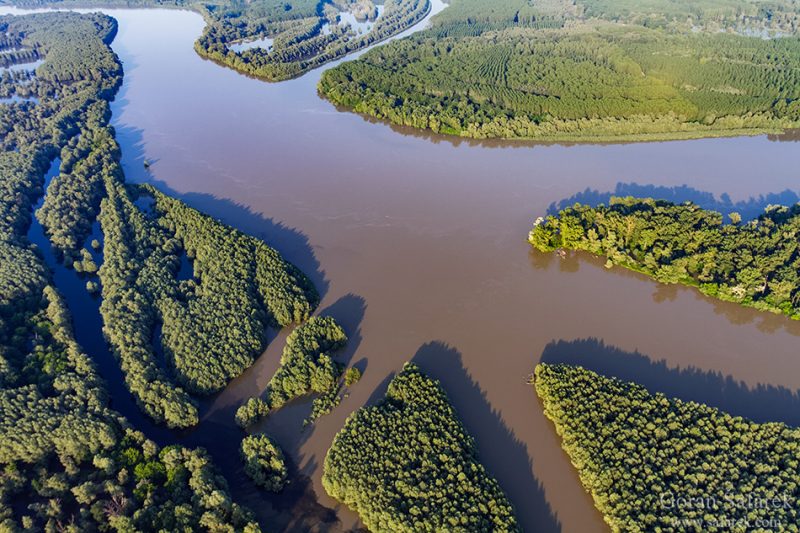
This is when migratory fish move en masse—into newly submerged areas brimming with food and safer conditions for young fish. These flood pulses are nature’s green light, opening migration corridors and spawning grounds that remain dry the rest of the year.
🌕 Moon Cycles
The pull of the moon influences not only the tides but also the timing of fish migrations. Some species—like certain eels and reef fish—migrate only during new or full moons, using the moonlight (or its absence) to navigate or avoid predators.
For others, the lunar cycle helps synchronize mass migrations and spawning events, ensuring that offspring hatch at the most favorable moment.
☀️ Photoperiod (Daylight Length)
As days grow longer or shorter, fish sense the shifting seasons. This gradual change in daylight length, or photoperiod, is a reliable calendar—even in murky waters or deep rivers.
It tells fish: “The time has come.” Whether it’s the spring run of salmon or the autumn descent of eels, the sun’s arc across the sky is an ancient metronome for movement.
In some cases, the gravitational pull of the moon aligns with peak flows and instinct, setting off mass migrations of entire species at once.
In short, fish migrations aren’t random. They are exquisitely timed to a world that pulses with rhythm—the seasons, the sun, the moon, the floods. A rhythm we’re only just beginning to understand, and one we must protect.
It’s a delicate choreography, repeated generation after generation, with astonishing precision.
🌊 Rivers as Migration Highways
Rivers aren’t just water—they are living corridors, pulsing with life and memory. For migratory fish, a river is not a place to stay, but a path to follow, a trail carved through stone and time.
In a healthy river system, fish navigate a mosaic of habitats: they rest in shaded pools, feed in fertile floodplains, and seek out cold, gravel-bottomed reaches to spawn. The river gives them movement, direction, and a route to legacy.
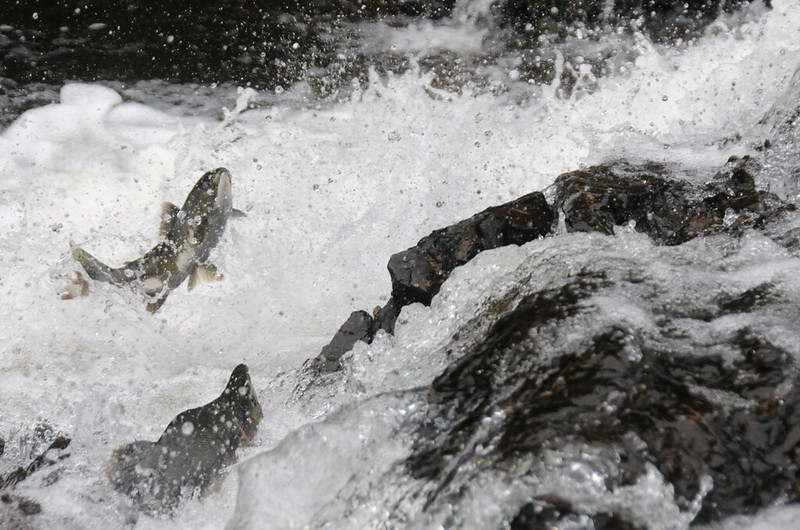
🐟 The Upstream Struggle
Few sights in nature capture the raw power of instinct like a salmon leaping up a waterfall. Against the roar of the cascade and the bite of the current, these fish launch themselves skyward, hurling their bodies up and over sheer rock faces, foam-churned rapids, and icy cataracts.
It’s not just spectacle—it’s survival. Every successful leap is a step closer to the place of their birth, where life will begin again.
This heroic upstream journey, made famous in rivers like Alaska’s Brooks River or Scotland’s River Tweed, has become a global symbol of resilience. But it’s also a stark reminder of how demanding and fragile migration can be—even in the best conditions.
⚠️ When the Journey Breaks
The impacts of disrupted migration are vast:
-
Population crashes, especially in iconic species like salmon, sturgeon, or eels.
-
Ecosystem imbalance, as predator-prey relationships falter.
-
Loss of traditional food sources for animals—and humans—relying on fish runs.
The consequences ripple through time and space. Read more.
🛠️ Bridges, Not Barriers
Around the world, river defenders are working to restore fish migrations. Dam removals, fish ladders, bypass channels, and even modern fish elevators are giving species a second chance.
But the most elegant solution is also the simplest: keep rivers free-flowing. When we let rivers be rivers, fish know what to do.
See a beautiful solution on the Allier River in Vichy, France

🐟 A Final Word
Fish migration is not just about fish. It’s a story of connection, of homecoming, of rivers as lifelines. And it’s a reminder that even the smallest stream may carry generations of travelers.
To protect rivers is to protect the memory of movement.
